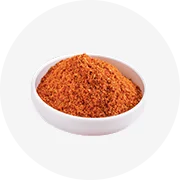Types of Cocoa Polyphenols
There are several types of cocoa polyphenols, each with unique characteristics and health benefits. Understanding these variations is essential for businesses sourcing cocoa-based products:
- Catechins: Known for their potent antioxidant activity, catechins help protect cells from oxidative stress and support cardiovascular health. They are also linked to improved brain function and potential anti-aging effects.
- Epicatechin: Highly concentrated in dark chocolate, epicatechin enhances blood flow, supports insulin sensitivity, and promotes brain health. Additionally, it exhibits anti-inflammatory properties, which may aid in muscle recovery and overall physical performance.
- Procyanidins: Valued for their strong antioxidant effects, procyanidins improve skin health by protecting against UV damage and supporting collagen structure. They also demonstrate affinity for gut health, potentially alleviating conditions like gut inflammation.
- Flavanols: Found in high concentrations in cocoa and dark chocolate, flavanols are well-documented for their cardiovascular benefits, including improved blood vessel function, reduced blood pressure, and a lower risk of heart disease. Flavanols also support cognitive function and have been associated with mood enhancement.
- Hydroxybenzoic acids: These compounds contribute to the overall antioxidant activity of cocoa and may help protect against chronic diseases, such as cancer and neurodegenerative disorders, by neutralizing free radicals and modulating the body’s antioxidant defense mechanisms.


































































